Enough For Defense
Some problems not limited, but also applicable to the Type 10 tank, is its expensive price-tag and the lack of combat experience.
As for the first concern, Japan self-imposes a strict restriction when it comes to arms export, virtually making the Self Defense Force the sole customer for domestic weapons. This means the defense industry can only expect an annual procurement of around 10 units, significantly increasing the cost.
Indeed, recent developments in the security environment has led to some deregulations, but the overall stance towards arms sales remains hesitant, mostly due to internal opposition. Even if the restrictions were fully lifted, the lack of experience would only produce stagnant sales if any.
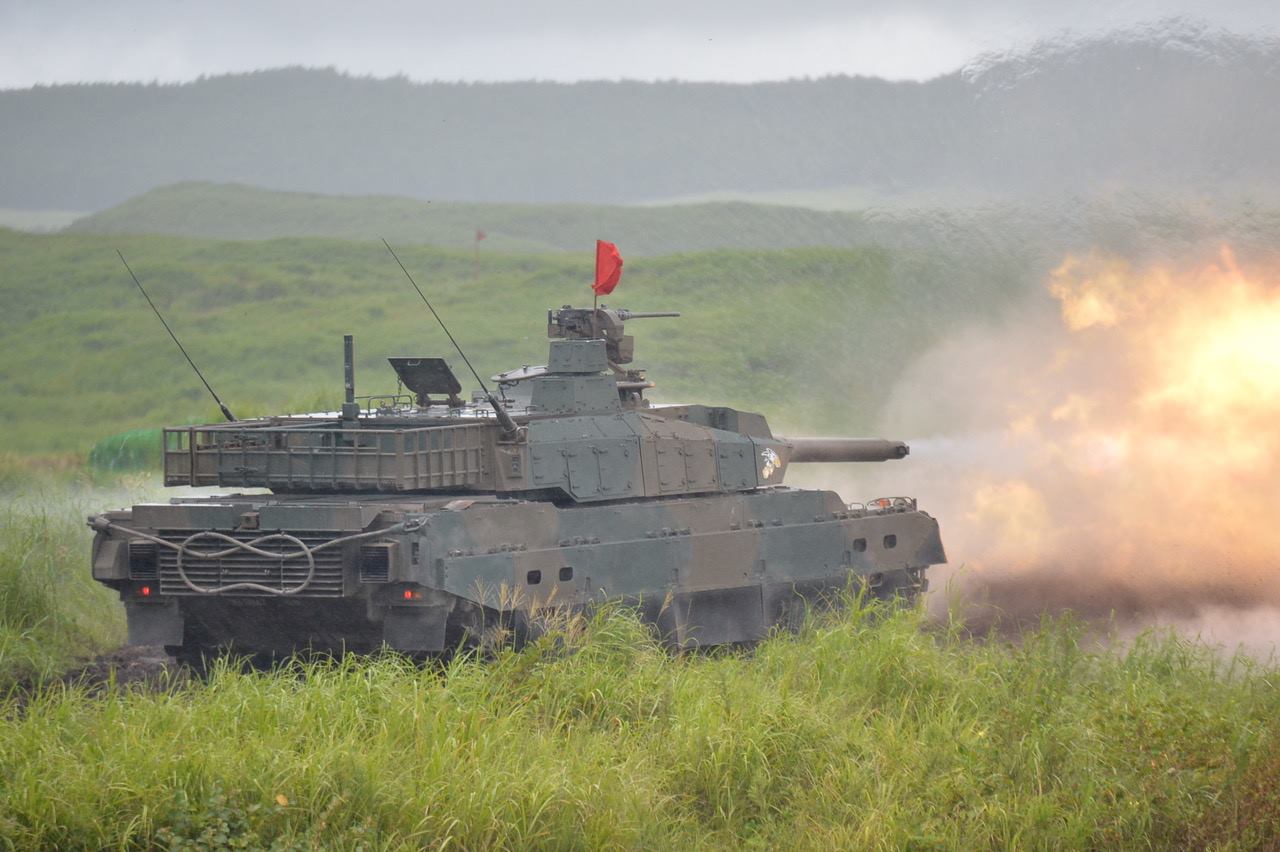 Great tank, but true potential is unknown (photo: JGSDF)
Great tank, but true potential is unknown (photo: JGSDF)
The second issue, the lack of combat experience, is somewhat more tolerable.
Since the Self-Defense Force has been fortunate enough to never undergo an actual war, the true potential of “Made-In-Japan” weapons remains a mystery.
However, speculative assessments through performance tests and live-fire exercises are possible. Contrary to the “vulnerable” impression stemming from its relatively small size, the Type 10 tank has been highly noted by the US military during joint exercises, and evaluation tests have shown favorable results in various aspects.
It is worth mentioning that the Type 10, along with all other post-war Japanese tanks, are specifically designed for “Homeland Defense” alone. This means it only needs to take Japanese terrain into account, and can ignore geographical features of other regions.
Overall, it is fair to say that the Type 10, despite being rather small and lacking combat experience, stands as a well-balanced main battle tank in terms of offensive, defensive, and software capabilities. Considering the fact that it is only required to operate on Japanese soil, the Type 10 possesses an advantage in this realm as well.
So, how many of these tanks will Japan produce?
Currently, the number is estimated to reach up to 350, with deployment being limited to Hokkaido and Kyushu, the northern and southern areas of the Japanese home islands. Units stationed in other regions, such as the main island of Honshu, will receive the more mobile Type 16 Maneuver Combat Vehicle (not a tank) as replacements for the obsolete Type 74 tank.


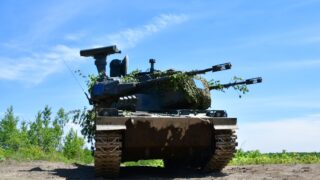
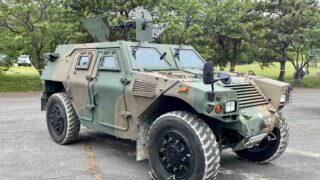
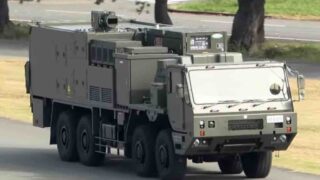
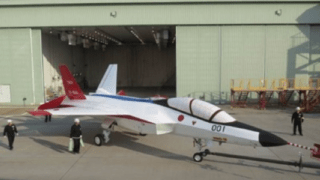
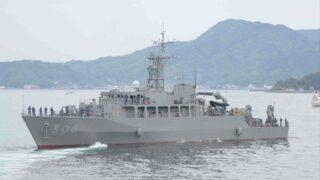
-320x180.jpg)
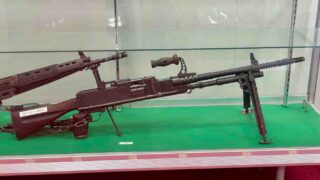

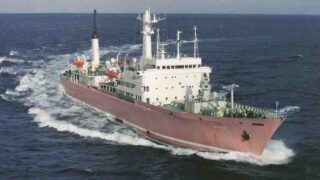

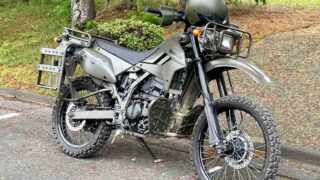
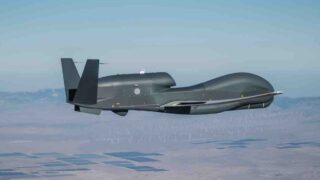
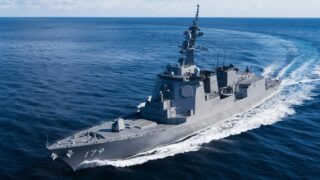
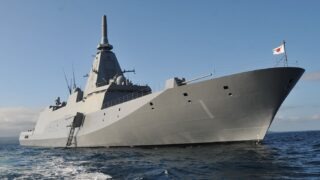
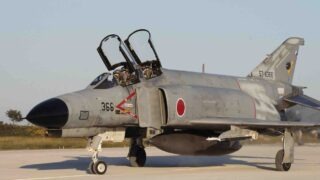
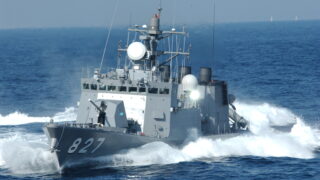
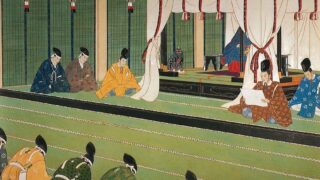
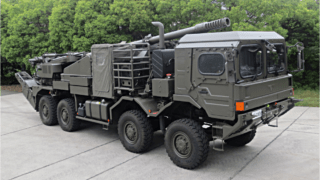

Comments